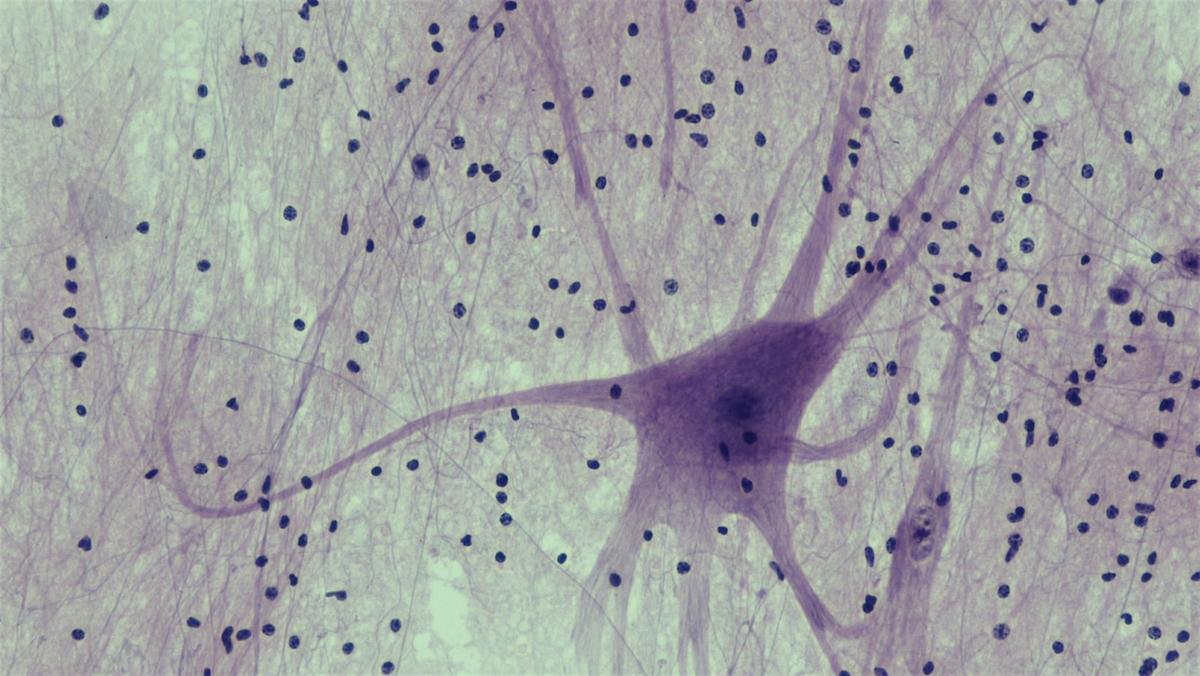Every year, around the world, between two hundred and fifty and five hundred thousand people suffer spinal cord injuries. These injuries are permanent and can cause partial or complete paralysis. Paralysis causes a variety of other health problems, including, for fully paralyzed individuals, a greatly shortened lifespan. There is currently no known way to cause an injured human spinal cord to regenerate. Researchers want to alleviate this cause of enormous human suffering and health care costs by finding a way to heal these injuries.
In 2021 a team of American biomedical scientists published an important finding. They were able to produce recovery from spinal cord injury in acutely paralyzed mice. Amazingly, the animals recovered some ability to walk within four weeks of the new treatment. The researchers’ strategy was to inject the site of injury with a special liquid that congealed into a complex network of nanofibers. These nanofibers were designed to mimic the supportive natural structures found in the healthy spinal cord, providing a scaffold on which nerve fibers could regrow.
To trigger this regrowth, the structure was impregnated with special signaling molecules. Past attempts to use this strategy, however, had met with little success. The researchers’ success was the product of one key change. Naturally occurring signaling molecules are in a state of constant motion within the outer membrane of the cell. The researchers found a way to mimic this natural motion of signaling molecules in their artificial scaffold. The scaffold is designed to eventually dissolve into useful nutrients, leaving behind a healthy partially regenerated spinal cord. The researchers hope, after more animal experiments, to move on to testing the treatment in human patients.










